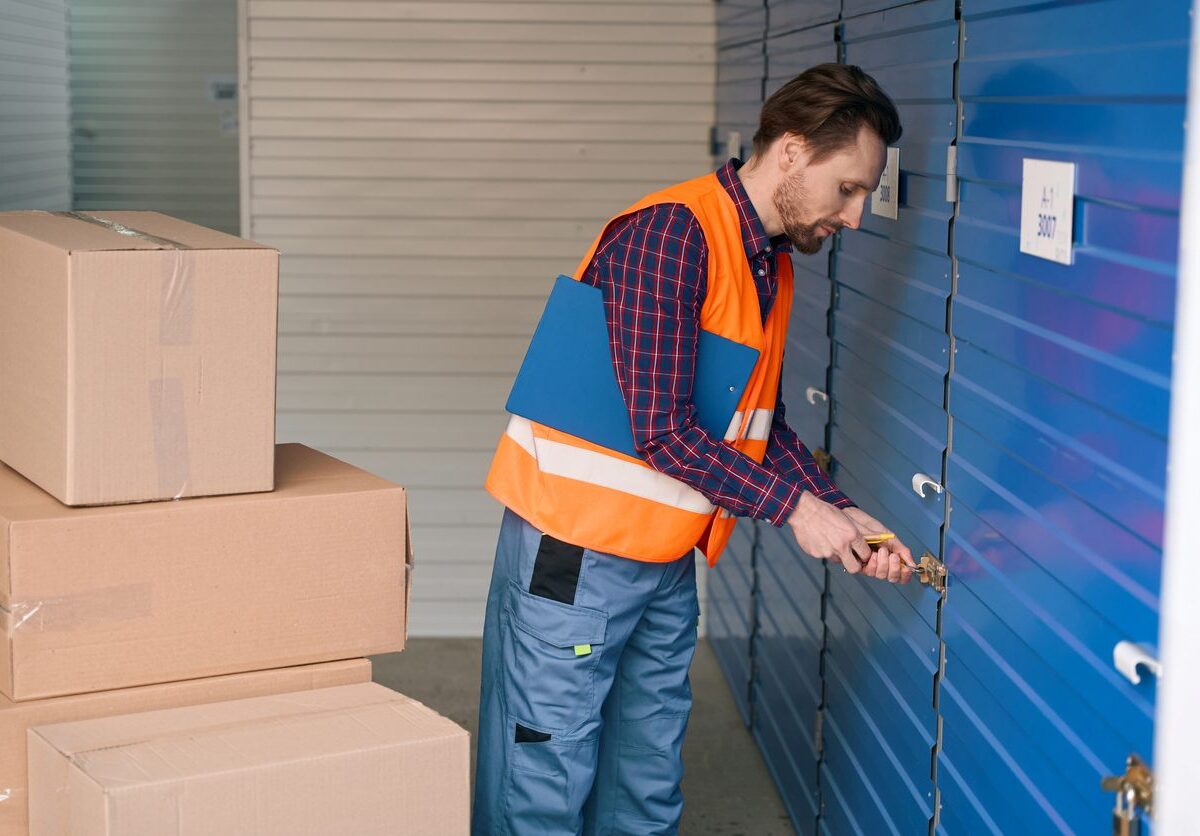What Tenant Protection Covers and Why You Might Need It

Not everything you put in storage is replaceable. Maybe it’s furniture between homes, tools for your business, or a few personal items you simply don’t have space for right now. No matter the reason, those belongings deserve more than just a lock.
That’s where tenant protection can help. This coverage adds protection in case of fire, theft, or unexpected damage while your items are being stored. In this guide, we’ll explain what tenant protection includes, why it’s worth considering, and how to find the right policy for your situation.
What Is Tenant Protection and What Does It Cover?
Storing your things away from home always carries a bit of risk, even when the storage facility is secure. That’s where having the right coverage comes in. A dedicated tenant protection policy can help protect your stored items in case something unexpected happens while they’re inside your unit.
Depending on the provider, tenant protection may cover:
- Fire or smoke damage
- Theft or vandalism
- Water damage from things like burst pipes, not floods
- Windstorms or hail
- Pest damage, in some policies
Before choosing a plan, take time to read the coverage details from your provider or storage facility. Coverage options can differ between locations, and policies available at Right Move Storage may vary depending on where you rent.
Do All Storage Units Require Tenant Protection?

In most cases, yes. Many storage facilities ask for proof of coverage before letting you move in. You might have the option to purchase a policy directly through the storage facility or use your renters’ or homeowners’ coverage.
Even if protection isn’t required, it’s still worth considering. Locks and cameras offer some protection, but they don’t cover weather damage, theft, or other unexpected events.
What Is Not Covered by Tenant Protection?
Like most types of protection, tenant coverage comes with exclusions. Here are a few common ones to watch for:
- Flood damage, unless you add separate coverage
- Earthquake damage in certain locations
- Mold or mildew caused by prolonged humidity
- Damage from poor packing or negligence
- High-value items like jewelry or cash, unless declared
If you’re storing temperature-sensitive items like antiques or electronics, consider using climate-controlled storage for more stable conditions year-round.
How To Choose the Right Coverage for Your Storage Unit

To find the right policy, start by asking your storage facility if tenant protection is required and whether any coverage is included in your rental agreement. If it’s not included, you usually have two options:
- Use your current renters’ or homeowners’ coverage. Contact your provider to see what kind of off-premises coverage you already have.
- Purchase separate storage unit protection. Many storage facilities, including some Right Move Storage locations, offer plans through third-party providers, billed monthly along with your rent.
Whatever option you choose, make sure to document what you store. Save receipts, take photos, and keep a list. That makes it easier to file a claim if anything happens.
Who Benefits Most From Having Tenant Protection?
There are plenty of reasons to get coverage for your storage unit, but some situations make it even more important:
- College students using student storage during the summer
- Military personnel using military storage during deployment
- Families moving between homes
- Small business owners who rely on business storage for tools, supplies, or equipment
If you fall into any of these groups or want added protection, it makes sense to look into coverage that keeps your stored items covered. If you’re planning a move during the warmer months, using a storage unit during a Texas summer can make the process easier and less stressful.
Five Tips To Protect Your Stored Belongings
Keeping your items in a storage unit means thinking a little ahead. These five tips can help you stay organized and avoid damage along the way:
- Choose a storage facility with strong security. Smart units offer real-time alerts and extra visibility.
- Get the right supplies. Use packing supplies like sturdy boxes, Bubble Wrap, and labels.
- Store belongings correctly. Keep boxes off the ground to avoid contact with water.
- Keep out prohibited items. Avoid storing anything that’s prohibited or not allowed at your storage facility.
- Preserve the details. Keep a written or digital inventory so you always know what’s inside.
If you need help organizing or planning your move, finding creative storage solutions for your home can help you make the most of your space, and our storage unit size guide is an excellent tool for selecting the ideal layout before you move in.
Store With Confidence at Right Move Storage
Your belongings matter, and protecting them should be simple. Tenant protection adds another level of security for anything you choose to store, whether for a short or long period. At Right Move Storage, we’re here to make storage easier. From offering flexible storage options to helping you understand coverage, our team is ready to assist.
Contact us online today to learn more and find the right space for your needs.